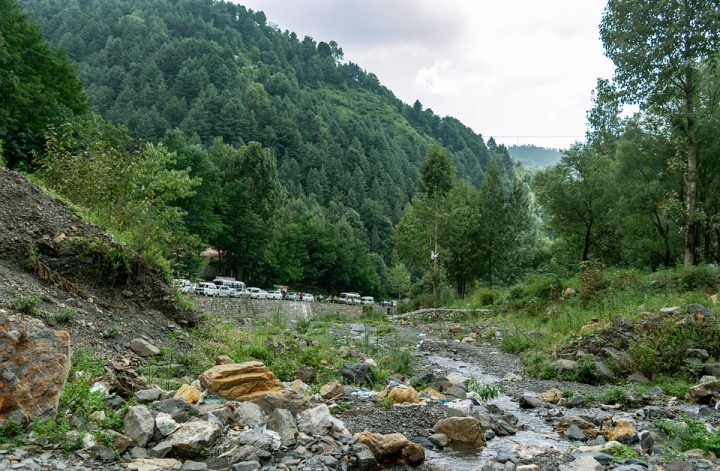Introduction: Climate Change In Pakistan
By now, none of us are strangers to the impact of the recent floods that hit Pakistan and displaced more than 30 million people across the nation. The driving factor of this flood was none other than climate change and the result was the disastrous floods and heavy rainfall accompanied with the melting glaciers. Unfortunately, it is projected that a lot more natural disasters of similar scale are in the future of Pakistan and if nothing is done to mitigate them and prepare people for it, the consequences would be catastrophic. Climate change is primarily human fueled by the use of fossil fuels globally which ended in one third of our country being submerged in 2022.
For detailed information about impacts of climate change on each province of Pakistan, check out the detailed articles given below:
Effect of Climate Change on Punjab Province of Pakistan
Effects of Climate Change on Sindh Province of Pakistan
Effects of Climate Change on KPK Province of Pakistan
Effects of Climate Change on Balochistan Province of Pakistan
Effects of Climate Change on AJK of Pakistan
Effect of Climate Change On Gilgit Baltistan of Pakistan
Impacts of Climate Change on Pakistan:
Some of the highly probable impacts of climate change on Pakistan would be:
- Water scarcity: With the majority of the population having no idea or concern for water conservation and proper water usage for everyday activities, this has already resulted in a massive water shortage where it was reported that half of it was becuase a lot of that water was wasted needlessly. The other main reason for this shortage is the lack of infrastructure needed to maintain a clean and safe drinking water supply due to the lack of proper government care. Climate change will only further serve to aggravate this problem. You can read more about it here, Projected Future of Water Crisis in Pakistan , Impact of Climate Change on Water Resources of Pakistan and here
- Floods and Soil Erosion: Due to changes in climate, there are rapid changes in the rainfall pattern as well. This means that with areas receiving less rainfall there is a risk of soil erosion as dry soils would be more susceptible to winds and other weather elements. Whereas areas receiving heavy rainfall will face severe floods which also not only damages soil fertility and lands but also results in loss of life and property.
- Desertification: Coupled with the droughts brought on by reduced rainfall and climatic changes, desertification will also impact many regions particularly the region of Cholistan and Thar desert in Sindh. Almost 80% of land in Pakistan is prone to suffering desertification due to improper agricultural practices that change the soil structure, stability and water content of the soil which is further impacted by climate change.
- Crop Failure: Due to poor soil quality and improper agriculture practices such as planting too many dense crops together that can alter the structure of the soil and deplete it of water and nutrients and therefore destabilize it; further damage would be caused in the event of a flood. This is because due to floods or desertification, the existing cultivable lands are submerged or unusable due to lack of water and arid soil conditions. Thus, crops are unable to grow in such conditions and results in crop failure. If no crops grow then the people reliant on it die due to starvation and famine conditions.
- Extreme Weather Events: particularly rainfall as seen in 2022 will occur. These intense rains were followed up by the worst floods ever seen in Pakistan’s history. However, in other areas there will be severe lack of rainfall which will cause people to die of thirst and starvation. Such extreme events will always wreak havoc for us and lead to even more dire consequences since these weather events are unpredicted and uncontrollable. The only way to control it is to mitigate at the source- which is effectively eliminate the fossil fuel use which will eventually help combat climate change.
Climate Change is a feed back cycle because every small action has a domino effect on other elements of the biosphere which then in turn effects another and so on. There is an urgent need to prepare for its effects all over the world. But Pakistan and other countries in this side of the hemisphere would be more likely to hit by the intensity of the climate change as it is already the 8th most vulnerable country according to UN reports. From 1998 to 2018 Pakistan saw 150 extreme weather event cases after which we suffered in the devastating 2010 floods. We had only just about recovered from that when we were hit yet again, by the 2022 floods. It is imperative that we seriously begin to manage the future climate change induced crisis now that we know current projections.
Also Read: Climate Change Impacts on Coastal Areas and Marine Resources of Pakistan
We hope you all liked this post! Please comment below if you have any suggestions, comments, or feedback! We at #envpk love hearing from our readers!




